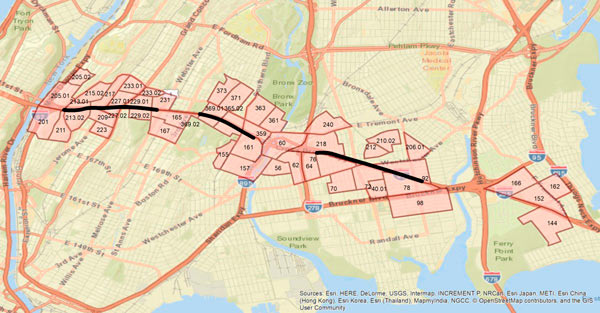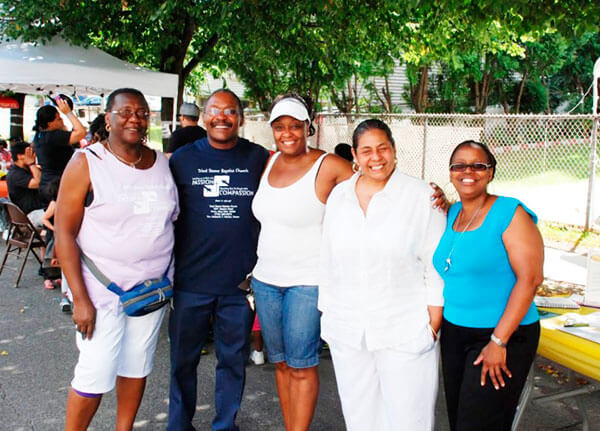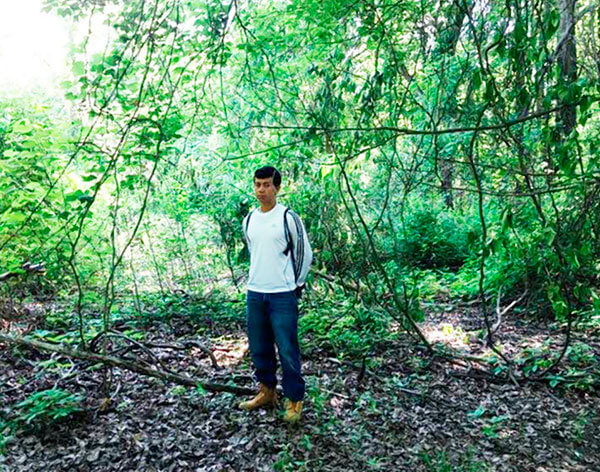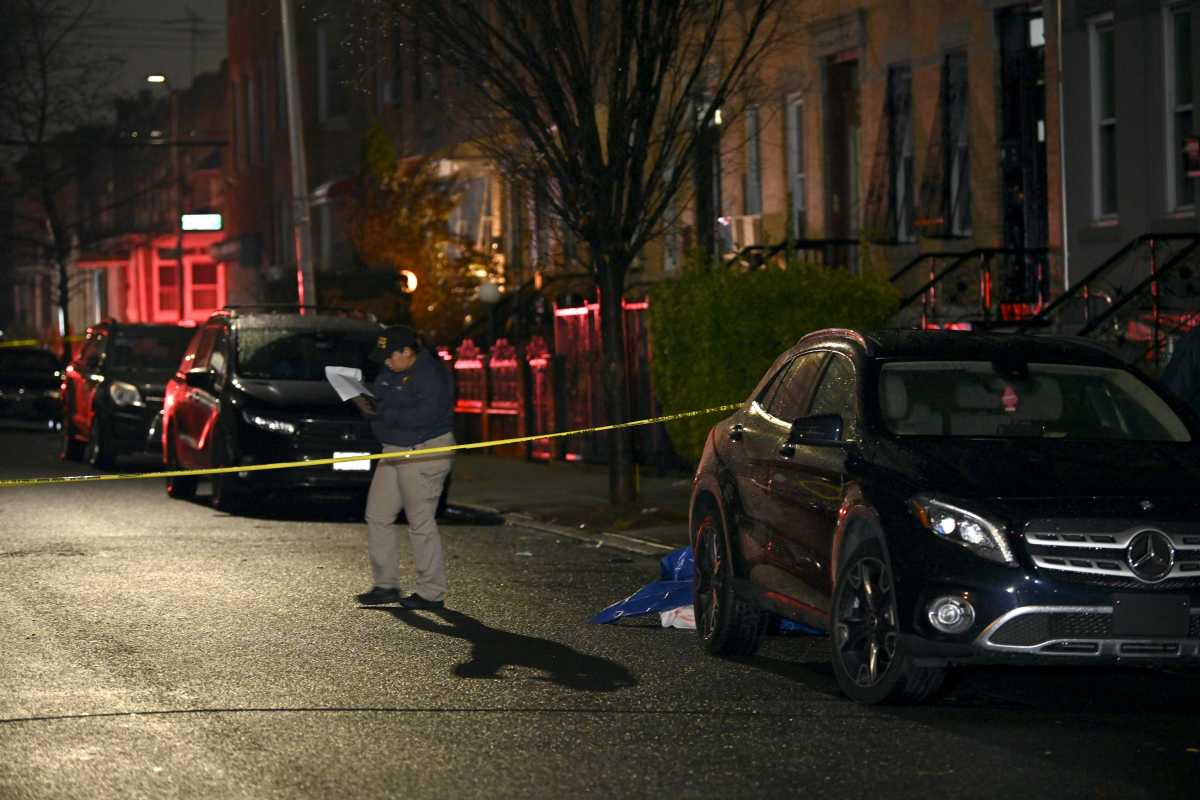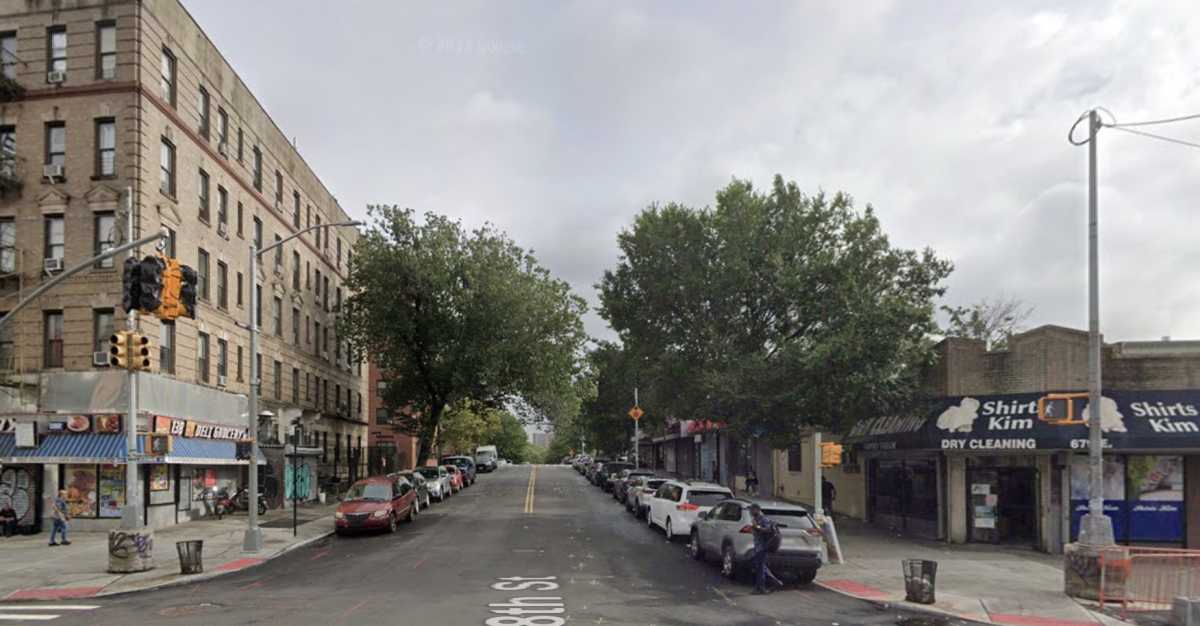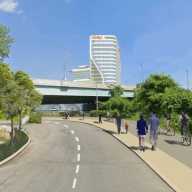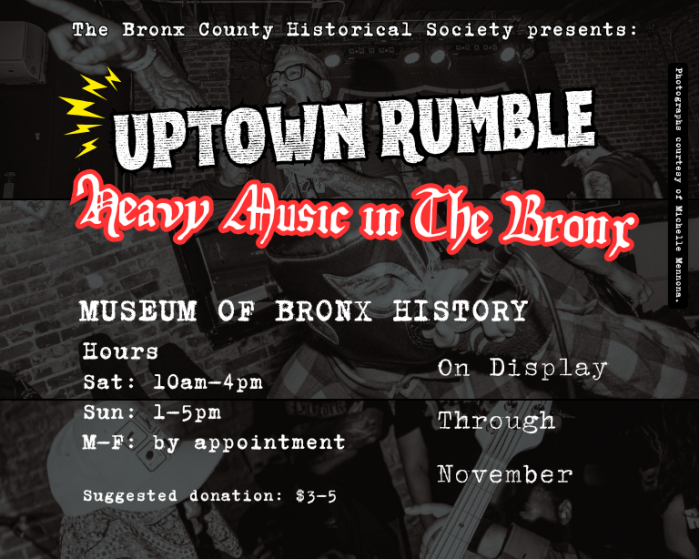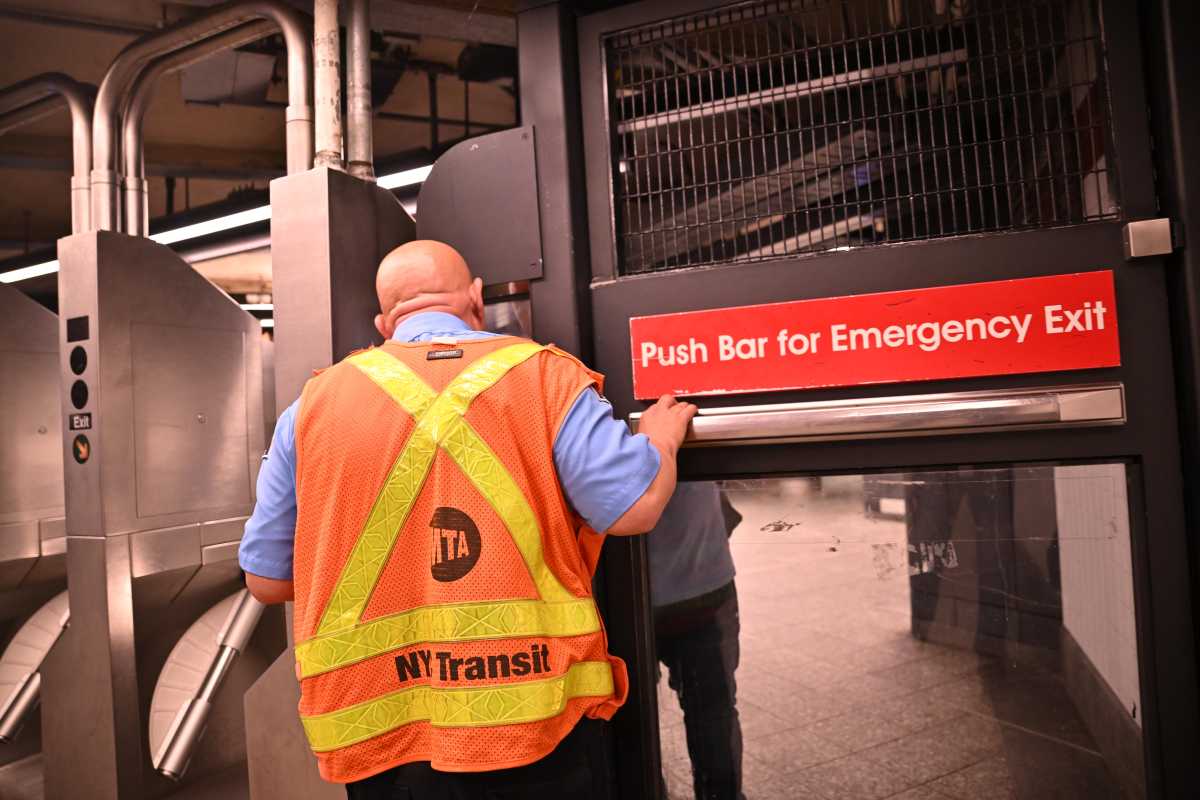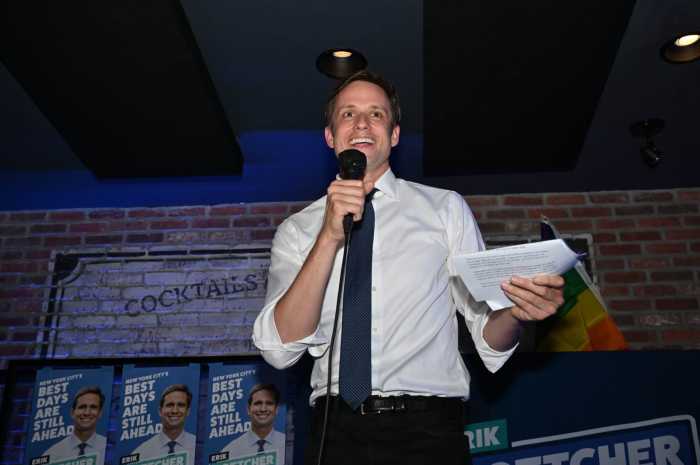A plan was released to make America’s worst roadway, the Cross Bronx Expressway, more palpable to the residents that live near it.
A series of parks built over the loathsome I-95 highway could save money and up to 230,000 lives, researchers at Columbia University’s Mailman School of Public Health say.
“We’ve seen projects around the country and around the world like this be very successful,” said says senior author Peter Muennig, MD, MPH, a professor of Health Policy and Management.
The concept of installing parks over roadways is called ‘Green Space,’ it’s been successfully done over Interstate 5 in Seattle, Interstate 93 in Boston, and throughout Texas.
In the case of the Cross Bronx Expressway, they envision filling in several expanses between the roadway’s overpasses in Throggs Neck, Parkchester, Castle Hill, Soundview, Tremont, West Farms, Morris Heights, and Highbridge.
“You can get Green Space from nothing, this would reduce pollution, reunite neighborhoods and won’t impact traffic,” said Muenning.
He also explained how the high volume of trucks was detrimental to air quality and quality of life in the surrounding area.
Studies found the neighborhoods surronding I-95 had some of the highest rates of asthma, obesity and diabetes in all of NYC.
The report, which was published in the American Journal of Public Health stated: “Covering the Cross-Bronx Expressway will decrease incidence rates of pedestrian’s traffic accident by providing safe and vehicle-free connection between the south and north part of the Bronx.
“Covering the Cross-Bronx Expressway with green space will improve population’s physical, mental and social health outcome. Conservative estimation of the target population benefitting from this green space was made for those residing within 0.5 mile radius from the expressway.
“Covering the Cross Bronx Expressway will contribute to a health utility improvement due to noise reduction to below recommended level (<55 db)7 assuming current poor sound insulation system of buildings in Bronx. Three deck parks will contribute to creating societal benefit by increasing property values in the neighborhood.”
Muenning also explained how the new parks would reduce a need for road maintenance, a major cause of traffic on the expressway.
Another study found drivers waste 86 hours per year between exits 2 and 6A alone on what seems to be more of a parking lot than a roadway.
While the project would cost $757 million, the study affirms that the plan would pay for itself.
“It is extremely rare for social policy investments to save both money and lives, said Muenning. “Examples include vaccines and basic automobile safety measures like seatbelts. Turning a highway into a park is a bit like a seatbelt or vaccine for a whole neighborhood.”
The study also found the life expectancy of surrounding residents to increase by two months.
If approved, the research estimates the project could be completed in 18 months to two years.

